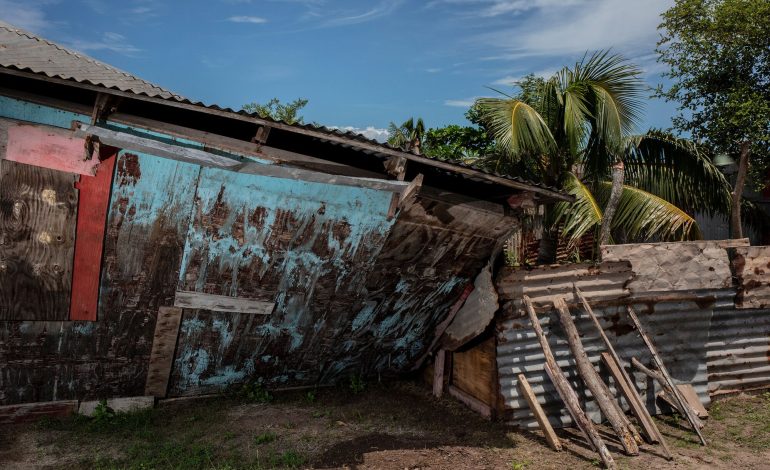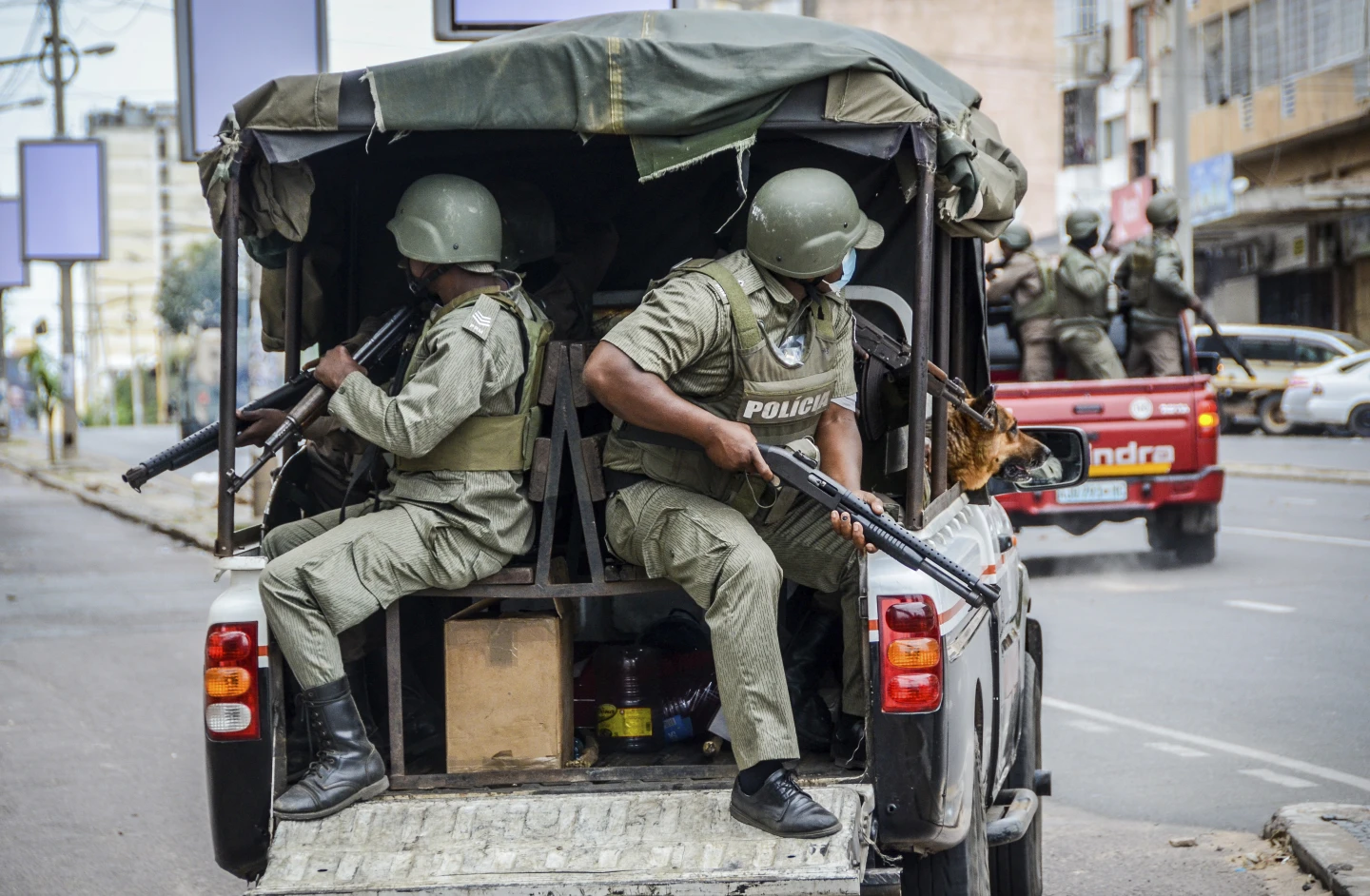The Challenges of Catastrophe Bonds in Addressing Climate Disasters

In the wake of Hurricane Milton’s devastating landfall in Florida last week, the spotlight has shifted to a lesser-known financial tool intended to help nations recover from extreme weather: catastrophe bonds.
While these bonds, often referred to as “cat bonds,” are marketed as a climate-resilient solution, recent events have exposed significant flaws in their design, particularly for vulnerable nations like Jamaica.
Hurricane Milton brought 28-foot waves and destructive winds, forcing millions in Florida to seek safety. Meanwhile, investors in catastrophe bonds tied to Florida anticipated heavy losses, with some bonds trading for 67 cents on the dollar before the storm even hit. Despite the uncertainty, Floridians are expected to receive payouts based on the actual damages caused by Milton and a previous storm, Hurricane Helene. These payouts will support recovery efforts, ensuring residents can rebuild after the destruction.
However, the situation is quite different in developing nations like Jamaica. Just months earlier, Hurricane Beryl grazed Jamaica’s southern shore, causing $250 million in damage and leaving thousands of homes destroyed. Despite Jamaica having its own catastrophe bond, backed by the World Bank and potentially worth $150 million in recovery aid, it failed to trigger. The bond’s structure, which uses a parametric system based on a predetermined air pressure threshold, narrowly missed activating by just nine millibars. As a result, Jamaica, facing significant damage, received no payout, while international investors earned a healthy return of around 12%.
This disparity highlights a fundamental problem with catastrophe bonds: their effectiveness can vary dramatically based on how they are structured. While Florida’s bonds pay out based on real-world damage assessments, many bonds for developing nations rely on parametric triggers that unlock funds based on specific metrics like air pressure, rather than actual damage. Although this system allows for quick payouts, it can leave countries with severe destruction—like Jamaica—without financial support if the storm doesn’t meet the exact criteria.
For Jamaica, the outcome has been difficult to comprehend. Local residents, many of whom lost homes and belongings to Beryl, were left bewildered as to why insurance did not kick in. This situation has raised broader concerns about the fairness and effectiveness of catastrophe bonds for climate-vulnerable nations, where the impact of climate change is often felt the hardest.
The push to promote catastrophe bonds in developing countries, spearheaded by organizations like the World Bank, is increasingly being questioned. While these bonds are seen as innovative in the financial world, their inflexibility and the risk-reward balance seem to favor investors rather than the affected populations. Critics argue that more traditional investments, such as building resilient infrastructure like sea walls, may offer better long-term protection for these nations.
As the world prepares for the COP29 climate summit in November, where discussions on supporting climate-vulnerable nations will take center stage, the limitations of catastrophe bonds will likely be part of the debate. Many nations are rethinking their reliance on these instruments, with countries like the Philippines and Barbados opting out of renewing their catastrophe bonds.
Ultimately, while catastrophe bonds may offer a financial lifeline to some, their rigid design and uncertain payouts have left countries like Jamaica questioning whether they are truly an effective tool in the fight against climate change.
With input from Bloomberg.








